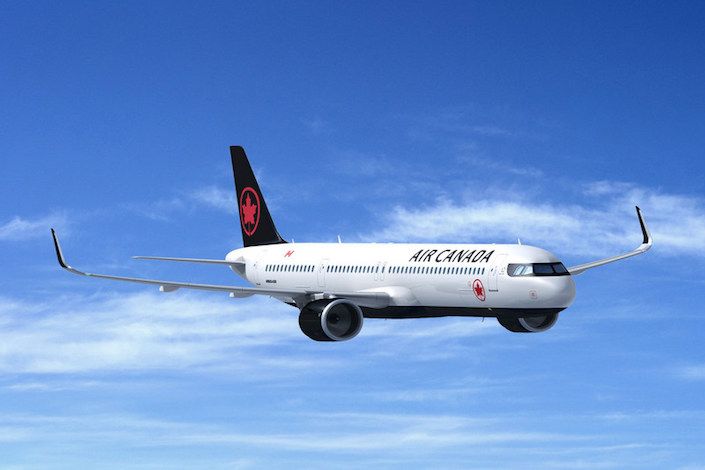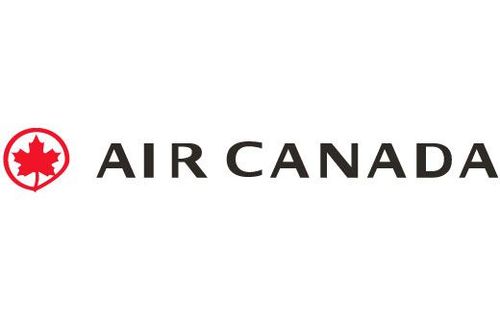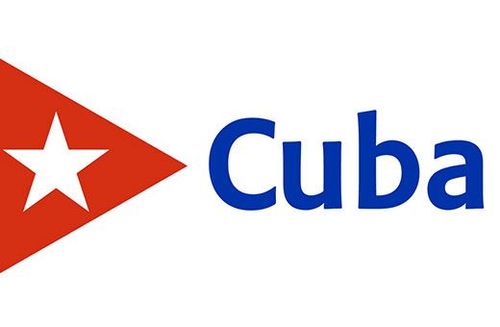Where travel agents earn, learn and save!
News / Air Canada announces the acquisition of 26 Airbus A321neo extra-long range aircraft
State-of-the-art, single-aisle aircraft offers greater comfort and range

Air Canada announced it is acquiring 26 extra-long range (XLR) versions of the Airbus A321neo aircraft. The aircraft has sufficient range to serve all North American and select transatlantic markets, while offering customers added comfort and improving the carrier's fuel efficiency to advance its environmental programs.
Deliveries are to begin in the first quarter of 2024 with the final aircraft to arrive in the first quarter of 2027. Fifteen of the aircraft will be leased from Air Lease Corporation, five will be leased from AerCap and six are being acquired under a purchase agreement with Airbus S.A.S. that includes purchase rights to acquire an additional 14 of the aircraft between 2027 and 2030.
Air Canada's A321XLRs will accommodate 182 passengers in a configuration of 14 lie flat Air Canada Signature Class seats and 168 Economy Class seats. Among the aircraft's amenities, customers will enjoy next generation seatback entertainment, access to inflight Wifi and a spacious cabin design featuring generous overhead baggage storage bins. With a range of approximately 8,700 kilometres and an ability to fly up to 11 hours, the A321XLR can operate non-stop anywhere across North America and, pending Transport Canada approval for overseas operations, also fly transatlantic missions, bolstering the carrier's hubs and network. Air Canada is in the process of selecting an engine manufacturer for its A321XLR aircraft.
GHG reductions
The A321XLR will be used both for incremental growth of Air Canada's fleet and to replace older, less-efficient aircraft expected to exit the fleet. As a result, the new aircraft will yield significant operational cost savings and environmental benefits. Air Canada projects it will have up to 17 per cent lower fuel burn per seat than the previous generation narrow-body on a typical transcontinental flight and a projected reduction of up to 23 per cent versus previous generation wide-body aircraft on a transatlantic flight. This will reduce greenhouse gas emissions to help Air Canada fulfill its environmental commitments, which include the achievement of net carbon neutrality by 2050. The A321XLR is also expected to be quieter for passengers and airports than the aircraft being replaced with the A321XLR.
As of December 31, 2021, Air Canada had a combined 214 aircraft in its mainline and Air Canada Rouge fleets, including 136 single-aisle, narrow-body aircraft.











